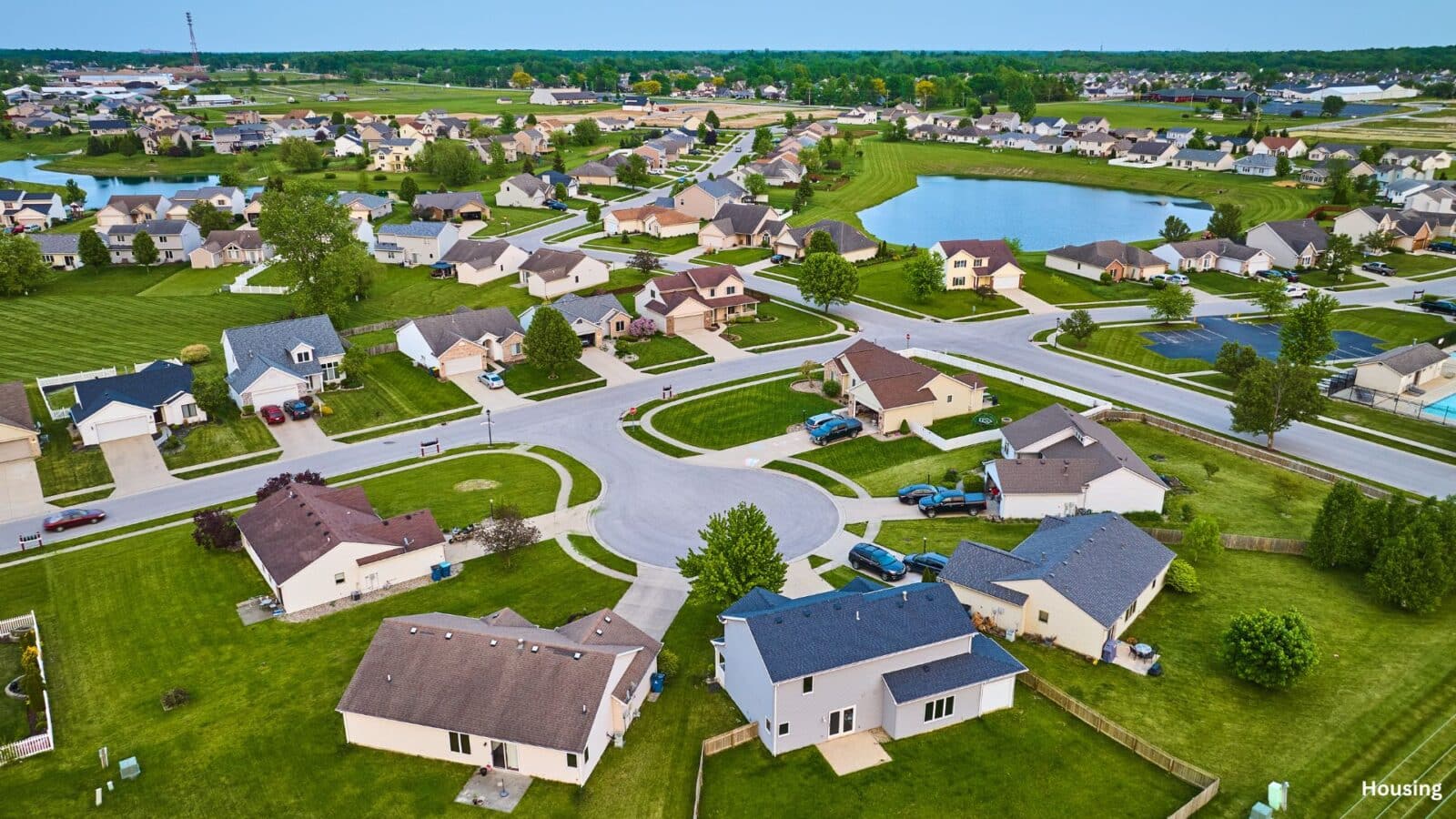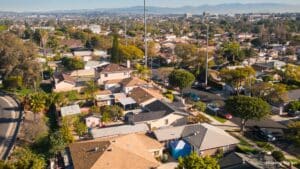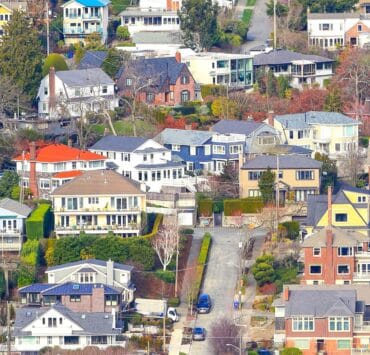The U.S. is currently facing a paradox: despite a well-documented housing shortage, there are 5.6 million vacant homes across the country. This surprising figure, highlighted by a recent LendingTree study, raises important questions about why so many properties remain unoccupied. With an average vacancy rate of 7.37% in the nation’s 50 largest metro areas, it’s clear that the issue of housing availability is more complex than it seems.
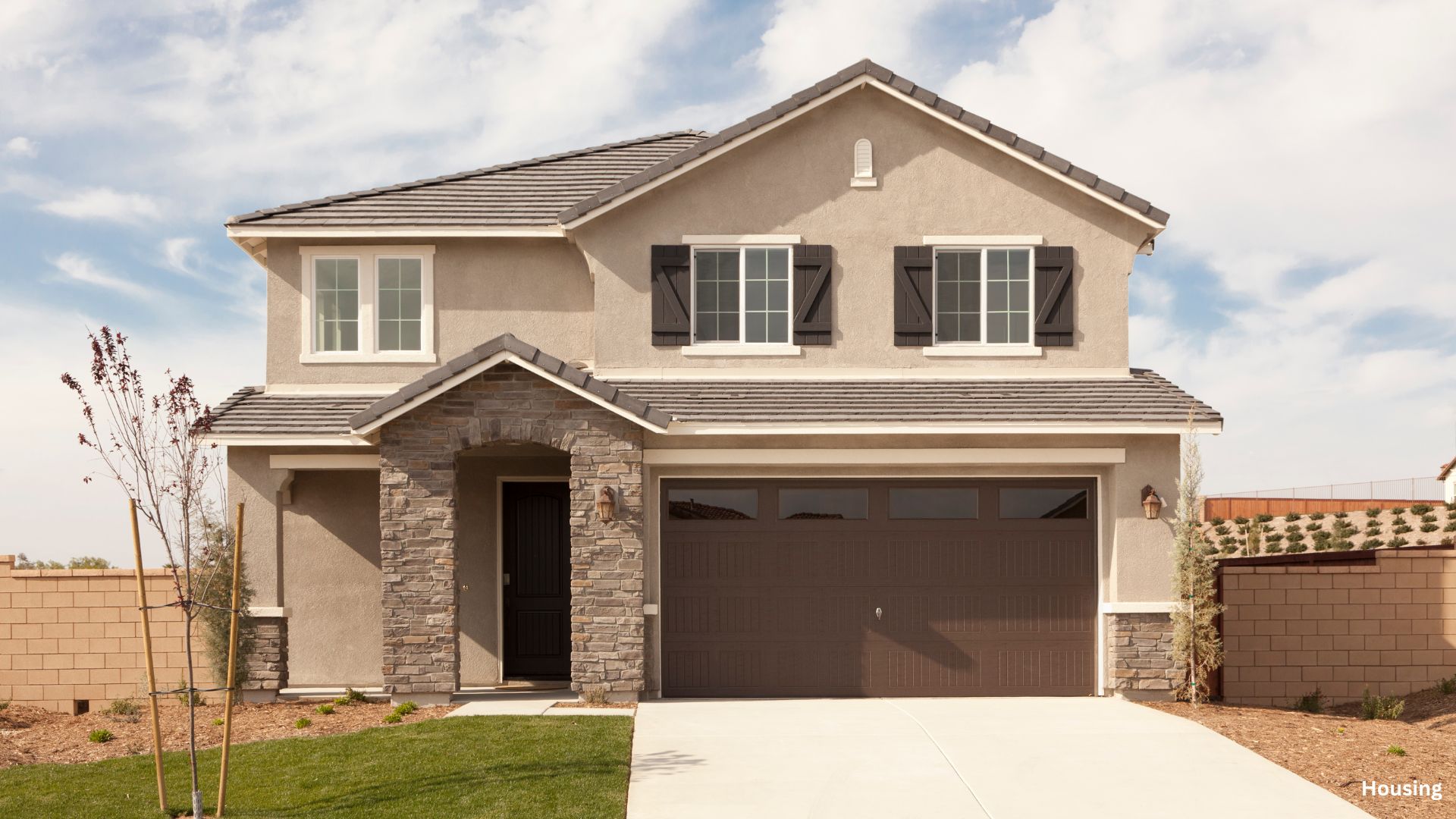
5.6 Million Vacant Homes in America Despite Housing Shortage Crisis
Understanding the Vacancy Rates
While it might seem counterintuitive to have millions of vacant homes during a housing crisis, it’s essential to explore the reasons behind these numbers. According to the LendingTree study, homes are unoccupied for various reasons that don’t always reflect the availability of housing for potential buyers or renters. In fact, many of these properties are either vacation homes or temporarily vacant due to rental transitions. In places like Miami and New Orleans, for example, high vacancy rates can be attributed to seasonal demand for vacation rentals, which sit empty during the offseason.
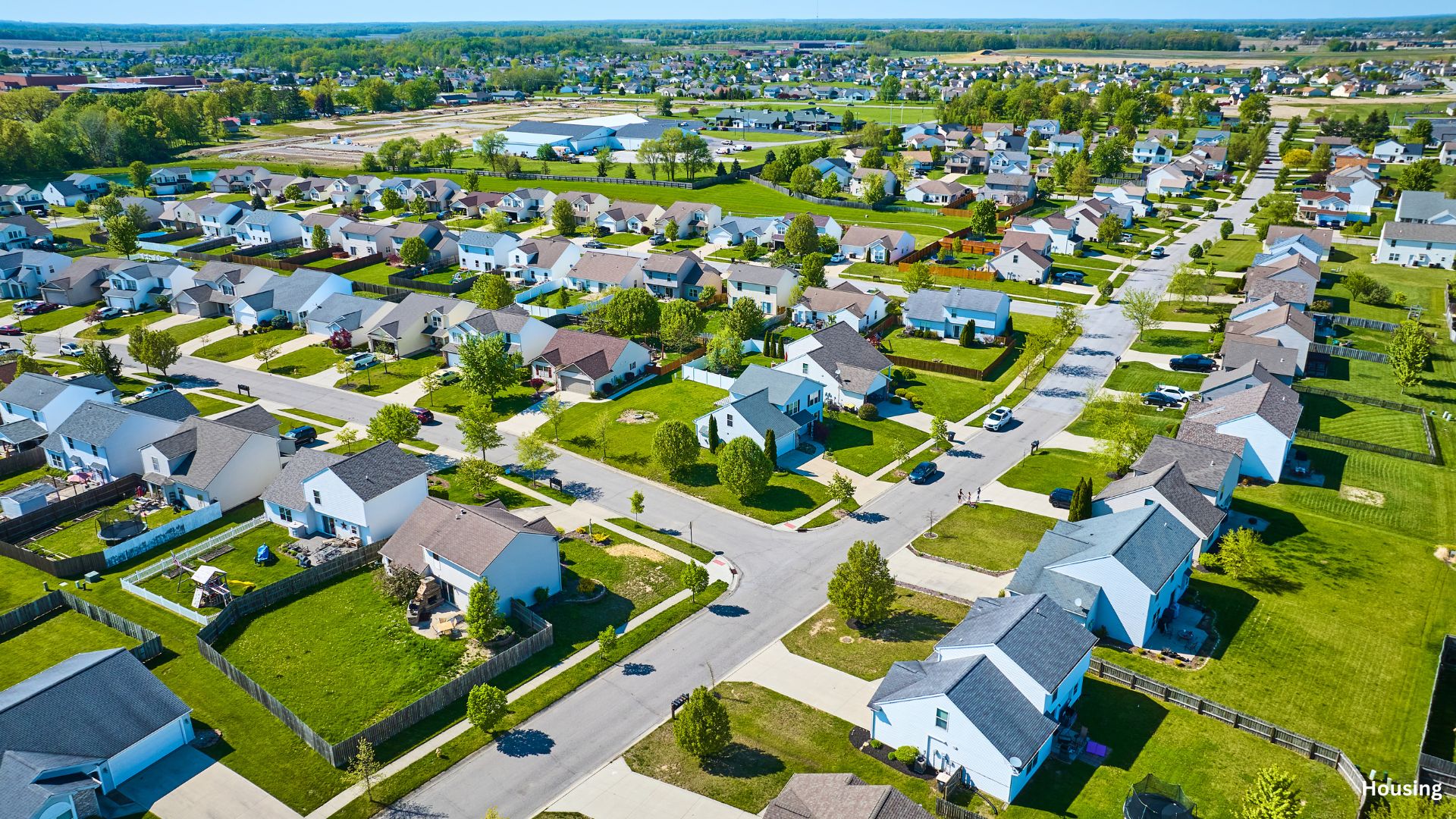
Why Are Homes Vacant?
There are three primary reasons behind the high number of vacant homes in America. First, many homes are vacant because they are being offered for rent. Realtor.com’s senior economic research analyst Hannah Jones notes that rental inventory has significantly increased in many markets, causing more properties to sit empty, waiting for tenants. The second reason is that many of these homes are used for seasonal or recreational purposes, such as beach houses or timeshares that are only occupied during specific times of the year. Finally, some properties remain vacant for personal or family reasons, where owners might be holding onto the property for future use or keeping it in the family.
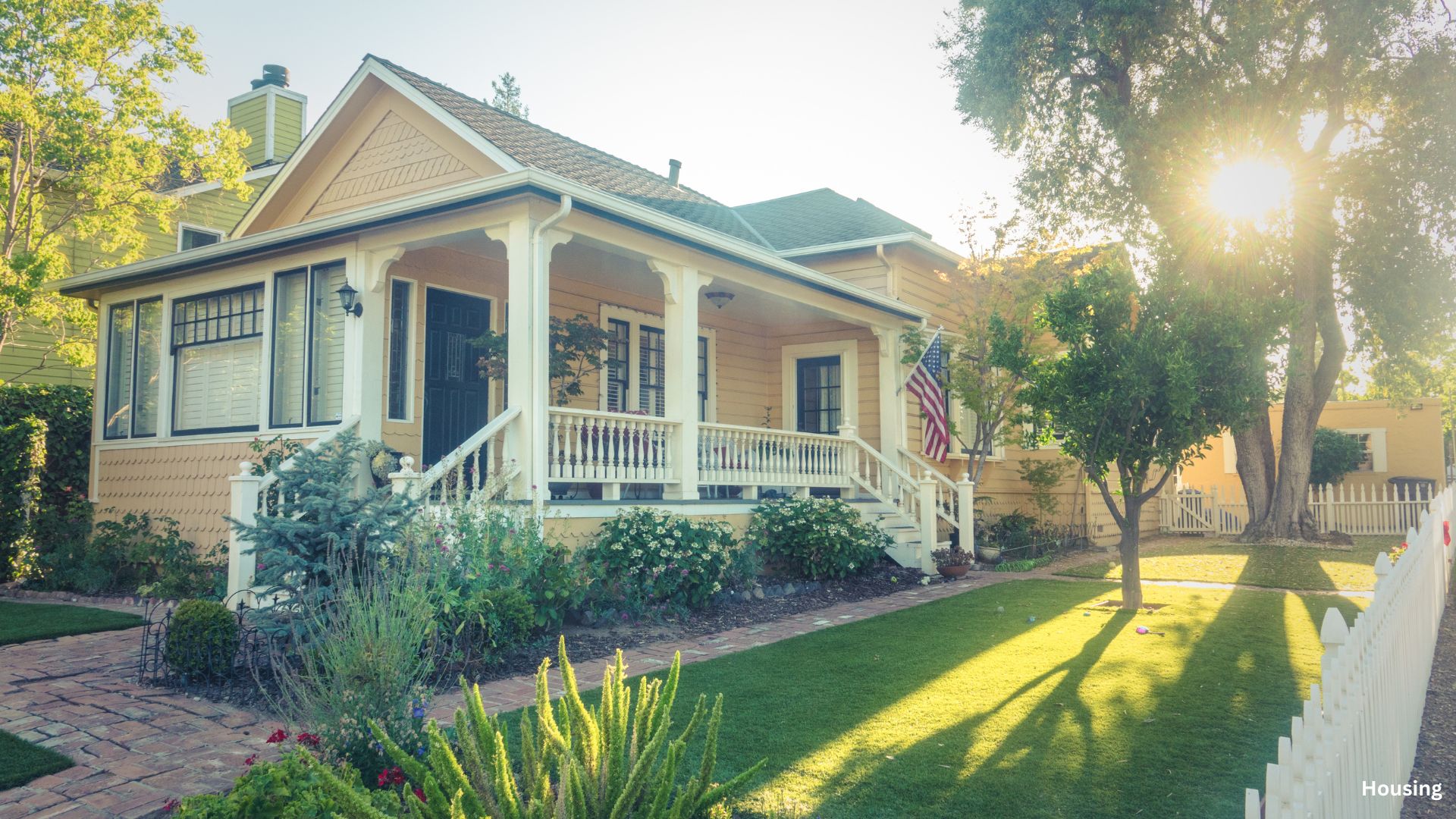
Impact on the Housing Market
So, with 5.6 million vacant homes, why haven’t we seen a significant increase in available housing? The answer lies in the nature of the vacancies. As LendingTree senior economist Jacob Channel explains, “just because there are millions of homes sitting vacant across the nation’s largest metros, that doesn’t mean the U.S. has an overabundance of housing.” Many vacant properties are simply not for sale, which means they don’t directly contribute to increasing the housing supply. In fact, for-sale inventory remains more than 20% below pre-pandemic levels, which has kept housing prices elevated despite waning demand.
What Does This Mean for Home Prices?
Despite the high number of vacant homes, housing prices are unlikely to drop significantly. As the LendingTree study reveals, the vacancy rates and reasons behind them are nuanced, and factors such as location, mortgage rates, and the duration of vacancy play a significant role in determining property values. While the rental vacancy rate has increased, homeowner vacancy rates have remained near historic lows, which contributes to sustained high home prices.
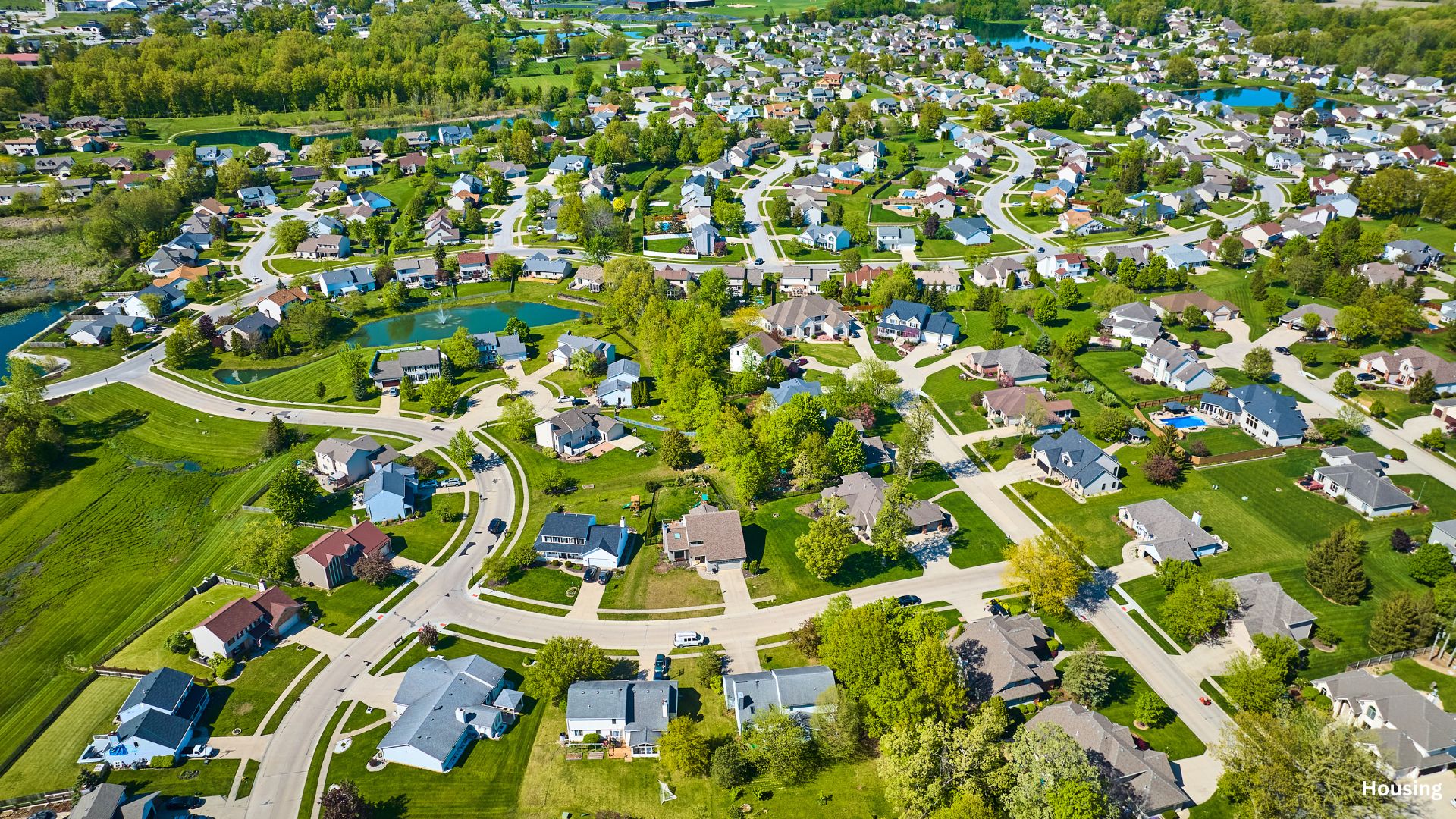
While vacant homes remain a significant part of the U.S. housing landscape, they don’t necessarily signal an oversupply of available housing. With seasonal, rental, and personal factors keeping many homes off the market, the housing shortage continues to drive up prices. This complex situation highlights the need for a deeper understanding of housing dynamics in America.
